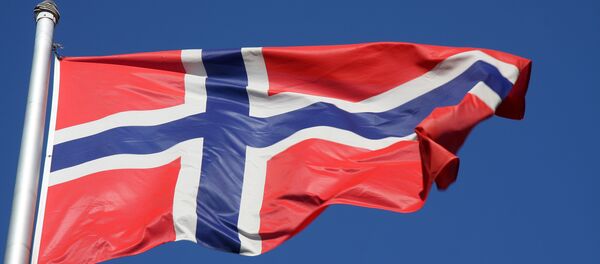Norway's resource-rich economy escaped the worst of the 2008 financial crisis, with high oil prices ensuring robust growth. However, with Norway's oil and gas exports accounting for more than half of the country's exports in 2014, worth around 500 billion kronor [$57 billion], the country may be forced to dip into its vaunted $900 billion sovereign wealth fund unless spending is cut.
According to figures from Statistics Norway, the percentage of unemployed in Norway reached 4.3 percent in May, the latest month for which figures are available. The figures represent the highest level since December 2005, and capped a steady increase since November 2014, when the rate of unemployment was 3.8 percent.
"Since last summer, oil prices have fallen. Activity in the petroleum sector has probably passed the peak. So far, the impact on the real economy has been modest. At the same time, the Norwegian economy is facing new challenges. Vulnerabilities established during the golden years must be addressed. From being in a unique economic position, Norway is now headed for a period of restructuring."
The fall in the oil price coincided with a decline in investments, explained Joachim Bernhardsen, an economist at Nordea Bank in Oslo.
"The 15% decline we expect in oil investments was expected before the price of oil fell,” said Bernhardsen. “It has much to do with not finding new fields to invest in and the vacuum that creates."
In addition to not finding new North Sea oil fields, as a result of which GDP from the oil sector has been falling for over a decade, the analyst says that "the high wage growth we have had here has resulted in a high cost of production."
"We need a period of moderate wage growth, otherwise we will just make things worse for ourselves,” said Bernhardsen, who explained that there is a consensus on both sides of the labor market that wages in Norway, where the typical worker earns a higher salary than anywhere in the world, need to become more competitive than those of Norway's trading partners.




